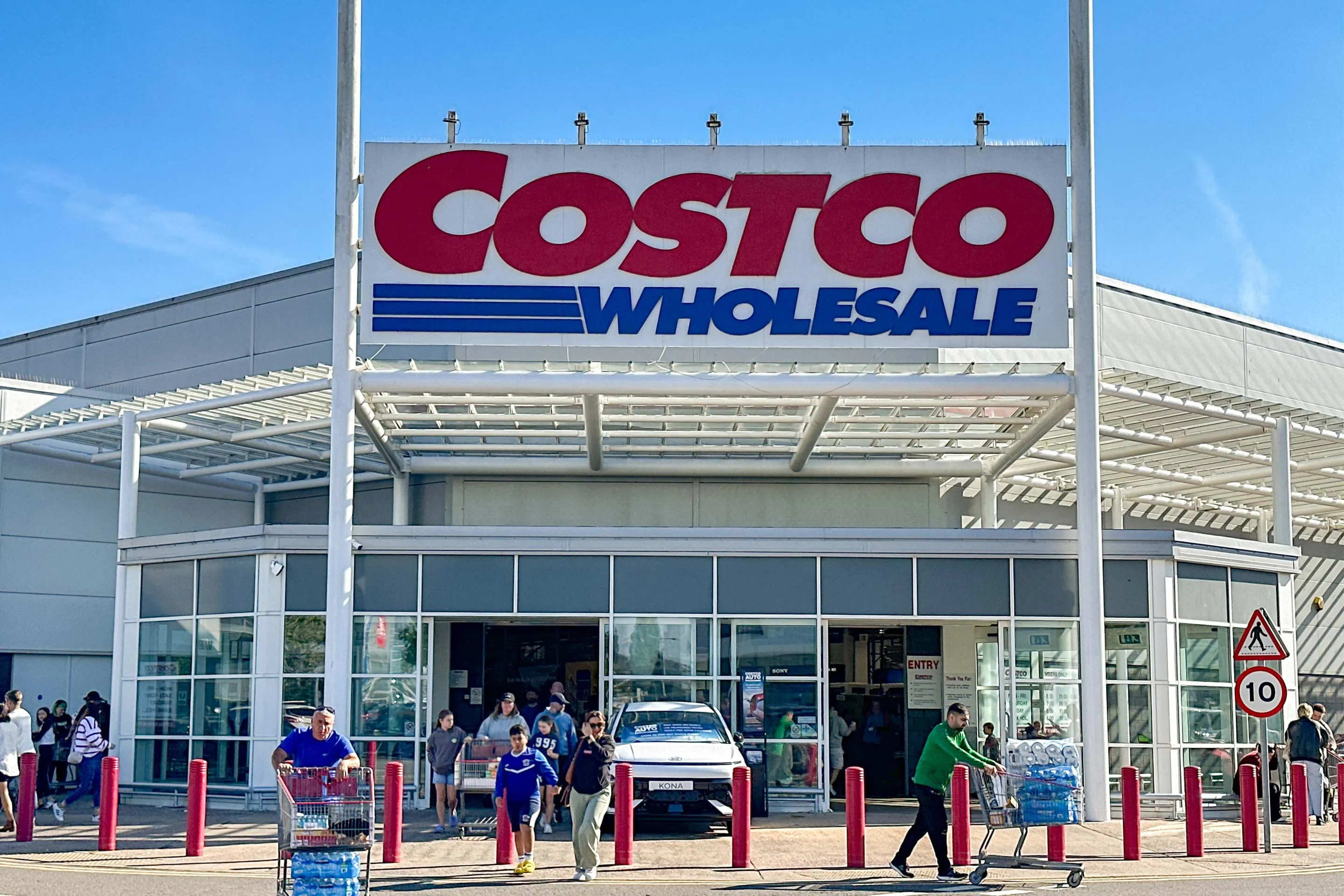What's Next For Norwegian Cruise Stock?
Photo Illustration by Igor Golovniov/SOPA Images/LightRocket via Getty Images
SOPA Images/LightRocket via Getty ImagesNorwegian Cruise Line stock’s (NYSE: NCLH) 33% decline year-to-date is a significant deviation from the S&P 500 index’s 0.6% drop. This situation highlights a general downturn within the cruise sector, as Carnival Corp has seen a reduction of 12%, Viking Holdings experienced a decline of 2%, and Royal Caribbean stock yielded a modest increase of 3%.
Recently, Norwegian announced mixed Q1 results. Adjusted EPS was $0.07, falling short of the consensus estimate of $0.09, while revenue totaled $2.13 billion, slightly lower than the $2.15 billion forecast. The GAAP net loss amounted to $40.3 million. An occupancy rate of 101.5% met guidance yet showed a decline year-over-year, attributed to heightened dry-dock activities. Despite management acknowledging some “softening” in forward bookings, the balance of advance ticket sales rose 2.6% year-over-year to $3.9 billion, indicating a persistent underlying demand.
However, NCLH stock appears at its current price of approximately $17. We have several significant concerns regarding NCLH stock, which renders it less attractive despite its valuation. See Buy or Sell Norwegian Cruise stock?
We arrive at this conclusion by analyzing the current valuation of NCLH stock against its operational performance in recent years, along with its present and historical financial status. Our evaluation of Norwegian Cruise Line based on essential criteria of Growth, Profitability, Financial Stability, and Downturn Resilience reveals that the company exhibits a operating performance and financial condition, as outlined below. For investors desiring more stable returns with lower volatility, the Trefis High Quality Portfolio could prove to be a promising alternative, having outperformed the S&P 500 with over 91% returns since its inception.
In terms of what you spend per dollar of sales or profit, NCLH stock relative to the broader market.
• Norwegian Cruise Line has a price-to-sales (P/S) ratio of 0.8, in contrast to a figure of 2.8 for the S&P 500
• Furthermore, the company’s price-to-free cash flow (P/FCF) ratio is 3.9 against 17.6 for the S&P 500
• Additionally, it holds a price-to-earnings (P/E) ratio of 10.5 compared to the benchmark’s 24.5
Norwegian Cruise Line’s Revenues have demonstrated significant growth in recent years.
• Its revenues have from $8.5 billion to $9.5 billion over the past 12 months (in comparison to growth of 5.3% for the S&P 500)
• Moreover, its quarterly revenues to $2.1 billion in the latest quarter compared to $2.2 billion a year earlier (versus a 4.9% improvement for the S&P 500)
Norwegian Cruise Line’s profit margins within the Trefis coverage area.
• Norwegian Cruise Line’s Operating Income over the previous four quarters was $1.5 billion, signifying a (versus 13.1% for the S&P 500)
• Norwegian Cruise Line’s Operating Cash Flow (OCF) during this timeframe was $2.0 billion, indicating a (in comparison to 15.7% for the S&P 500)
• Over the last four-quarter period, Norwegian Cruise Line’s Net Income amounted to $910 million, signifying a (versus 11.3% for the S&P 500)
Norwegian Cruise Line’s balance sheet appears to be .
• Norwegian Cruise Line’s debt stood at $13 billion at the conclusion of the most recent quarter, while its market capitalization is $7.6 billion (as of 5/21/2025). This reflects a (compared to 21.5% for the S&P 500). [Note: A lower Debt-to-Equity Ratio is preferable]
• Cash (including cash equivalents) constitutes $185 million of the $21 billion in Total Assets for Norwegian Cruise Line. This results in a (against 15.0% for S&P 500)
NCLH stock has the benchmark S&P 500 index during some recent downturns. As investors hope for a soft landing in the U.S. economy, what could the implications be if another recession occurs? Our dashboard How Low Can Stocks Go During A Market Crash illustrates how major stocks fared during and after the last six .
• NCLH stock plunged from a peak of $33.71 on 8 June 2021 to $10.38 on 16 June 2022, compared to a peak-to-trough decline of for the S&P 500
• The stock has
• The highest point the stock has achieved since then is $29.07 on 30 January 2025 and currently trades at approximately $17.20
• NCLH stock diminished from a high of $59.65 on 17 January 2020 to $7.77 on 18 March 2020, compared to a peak-to-trough decline of for the S&P 500
• The stock has
In conclusion, Norwegian Cruise Line’s performance across the outlined parameters is as follows:
• Growth: Very Strong
• Profitability: Neutral
• Financial Stability: Extremely Weak
• Downturn Resilience: Extremely Weak
•
Thus, despite its , we believe the stock is , which reinforces our assessment that NCLH is a poor investment choice.
While it is advisable to refrain from acquiring NCLH stock at this time, you may consider exploring the Trefis Reinforced Value (RV) Portfolio, which has surpassed its all-cap stocks benchmark (comprising the S&P 500, S&P mid-cap, and Russell 2000 benchmark indices) in delivering robust returns for investors. What accounts for this? The quarterly balanced composition of large-, mid- and small-cap RV Portfolio stocks has provided a nimble method to capitalize on favorable market conditions while mitigating losses when the markets decline, as detailed in RV Portfolio performance metrics








